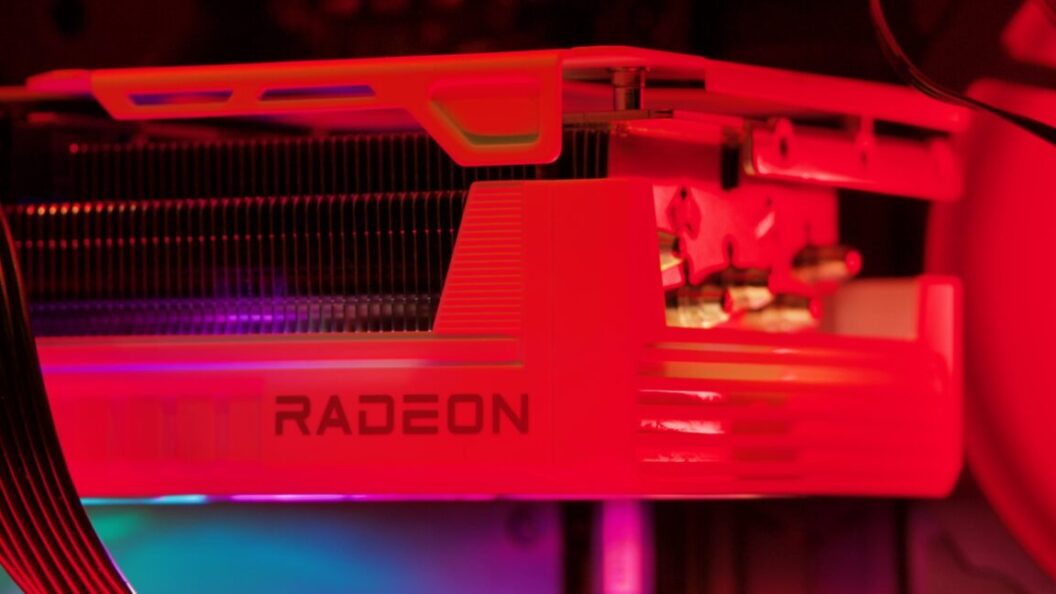AMD’s RX 9070 Series Graphics Cards: A Competitive Landscape
AMD has recently released its RX 9070 and RX 9070 XT graphics cards, which are garnering attention from gamers and hardware enthusiasts alike. This article takes a closer look at their performance, pricing, and features, emphasizing their competitive standing in a market increasingly dominated by Nvidia’s offerings.
Enhancements with New Upscaling Algorithms
Despite a potential performance hit, the introduction of upscaling algorithms like AMD’s FidelityFX Super Resolution (FSR) aims to enhance graphic quality at lower resolutions. Testing confirmed that running FSR 4 in "Quality" mode typically renders graphics at two-thirds of native resolution, yet vastly improves visual fidelity compared to previous versions. This means that even if visual quality dips slightly, gamers might still witness an overall net performance improvement.
RX 9070 vs. 9070 XT: Making the Choice
A close price difference of $50 separates the RX 9070 from the RX 9070 XT, with the former priced at $549 and the latter at $599. Traditionally, both Nvidia and AMD adopt such pricing strategies, which some consumers find frustrating. If potential buyers can comfortably afford the extra $50, opting for the RX 9070 XT is generally recommended due to its superior specifications.
However, market availability can be unpredictable, and pricing often fluctuates. If faced with a choice between the RX 9070 at its recommended retail price and the RX 9070 XT at a higher price than $599, it might be wise to purchase the 9070 instead. The performance gap between the two models is relatively narrow, especially if the RX 9070’s Total Board Power (TBP) is slightly overclocked. Thus, both cards can handle comparable gaming settings effectively.
Performance Review: Nearly Exceptional
The RX 9070 series stands out as notable competitors in the graphics card market, especially in 1440p and 4K gaming scenarios. Review data shows that they can hold their own against Nvidia’s competing RTX 50-series products, particularly the RX 5070. The RX 9070 and 9070 XT demonstrate strong performance in non-ray-traced gaming, outperforming the RTX 5070 and challenging the pricier RTX 5070 Ti.
When it comes to games with ray tracing capabilities, the RX 9070 and 9070 XT typically match or slightly exceed the performance of the RTX 5070, signaling a significant step forward for AMD in an area where it has historically lagged behind. While the RX 9070 series doesn’t quite reach the performance heights of the RTX 5070 Ti, their more accessible pricing positions them favorably in the current market.
Conclusion: A Significant Advancement for AMD
The introduction of the RX 9070 and 9070 XT graphics cards represents a substantial advancement for AMD, particularly in a time marked by stagnant innovation from competitors like Nvidia. Their competitive pricing and impressive performance metrics indicate potential shifts in market dynamics. Should AMD continue to build on these strengths and enhance its ray tracing capabilities, the RX 9070 series may become a favorite among gamers looking for powerful yet affordable graphics alternatives.
As gaming technology evolves, consumers can be expected to benefit from ongoing competition between AMD and Nvidia, leading to better products and pricing. This rivalry not only pushes innovation but also raises the bar for visual fidelity and performance in all gaming environments.









